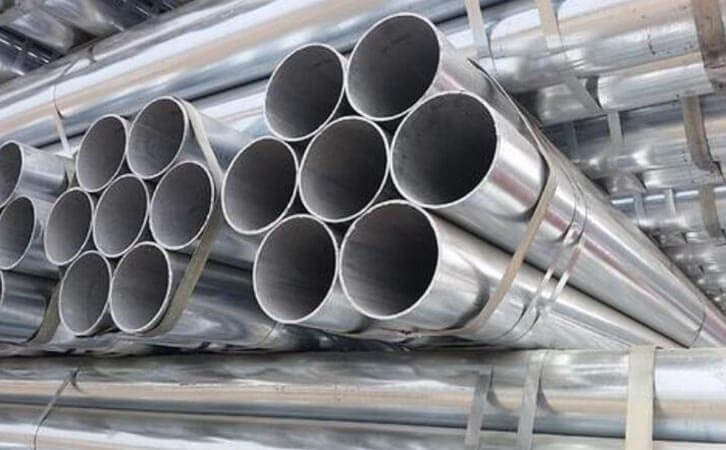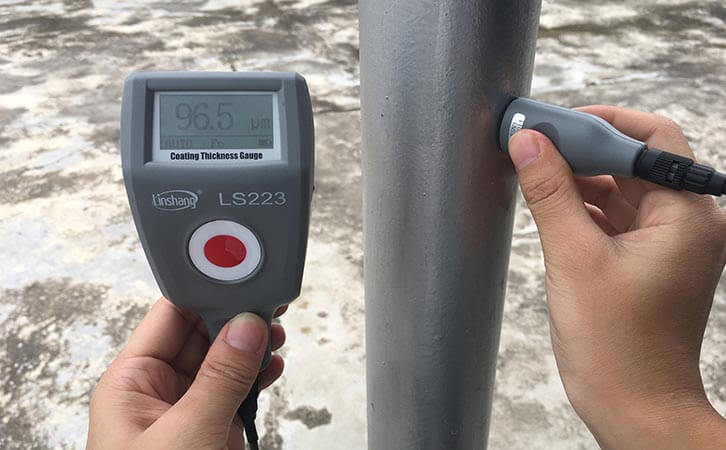Three Treatment Methods for Metal Anticorrosion
Corrosion is one of the main reasons for the damage of metal products. Metal is the main constituent material of many mechanical spare parts. Therefore, for the characteristics of metal products that are easily corroded, we must take special anti-corrosion measures to properly and effectively prevent chemical corrosion of metals. Today, we will introduce three commonly used methods of metal corrosion protection.
1. Structural change method for metal anticorrosion
One of the common methods of metal corrosion protection is to change the structure of the metal. There are many types of metals. Some heavy metals have low chemical activity and are not susceptible to corrosion by other substances. Some metals can be used in combination with other metals to effectively improve corrosion resistance.

2. Catalytic treatment of metal anticorrosion
Metal catalytic anti-corrosion is the use of chemical replacement for hardening. Through infiltration and deposition, hardening occurs with the workpiece itself to form a new alloy layer. The binding force is extremely strong at 350 ~ 400Mpa. The catalyzed product still has high anti-corrosion and abrasion resistance under extreme environments such as high temperature and pressure.
3. The protective coating of metal
The protective coating method of metal anticorrosion is the most widely used. This anticorrosive method is to create a protective layer of various materials on the metal surface to isolate the metal product from the external corrosive medium so as to prevent corrosion. The metal anti-corrosion protective layer can be formed by painting, spraying, electroplating, hot plating, spray coating and the like.
Metal corrosion is different due to the use of environmental corrosion mechanisms. Preservation forms and methods also differ. Surface coating anticorrosion is one of the effective measures which is economical, practical and convenient to operate. This kind of anti-corrosion measures is not only related to the properties of the metal substrate and the anti-corrosion coating itself, but also closely related to the metal surface pre-treatment process and the curing quality of the coating. The decisive factor is the coating and the substrate.
In addition, we can also use Linshang LS223 paint film thickness gauge to detect the specific thickness of the anticorrosive coating on the metal surface. This paint film thickness gauge uses magnetic thickness measurement and eddy current thickness measurement. This paint film thickness gauge can be used to measure the thickness of non-magnetic coatings on the surface of magnetic substrates. It can also be used to measure the thickness of non-conductive coatings on non-magnetic metal surfaces. The instrument adopts a separate design of the host and probe, which is very suitable for the narrow space of the steel frame. It is very convenient to view the data while measuring in complex environments. This instrument has the characteristics of fast response speed, high measurement accuracy, stable zero position without drift and durability. The use of the LS221 paint film thickness gauge is necessary to strengthen the anticorrosive performance and extend the anticorrosive life.
- High precision coating thickness gauge for used car
- Automotive paint protection films coating thickness gauge
- Plating Thickness Measuring Instrument for Detecting Anti-corrosion Coating
- Linshang LS220, LS191, LS160A– Necessary for Car Cover Inspection
- Coating Thickness Gauge for Second Hand Vehicle
- Zero Adjustment Step of Coating Thickness Gauge
